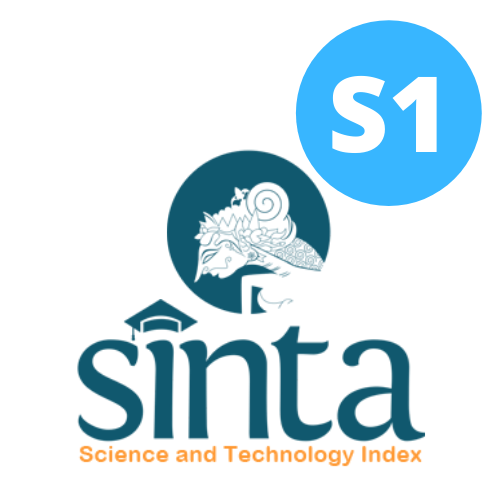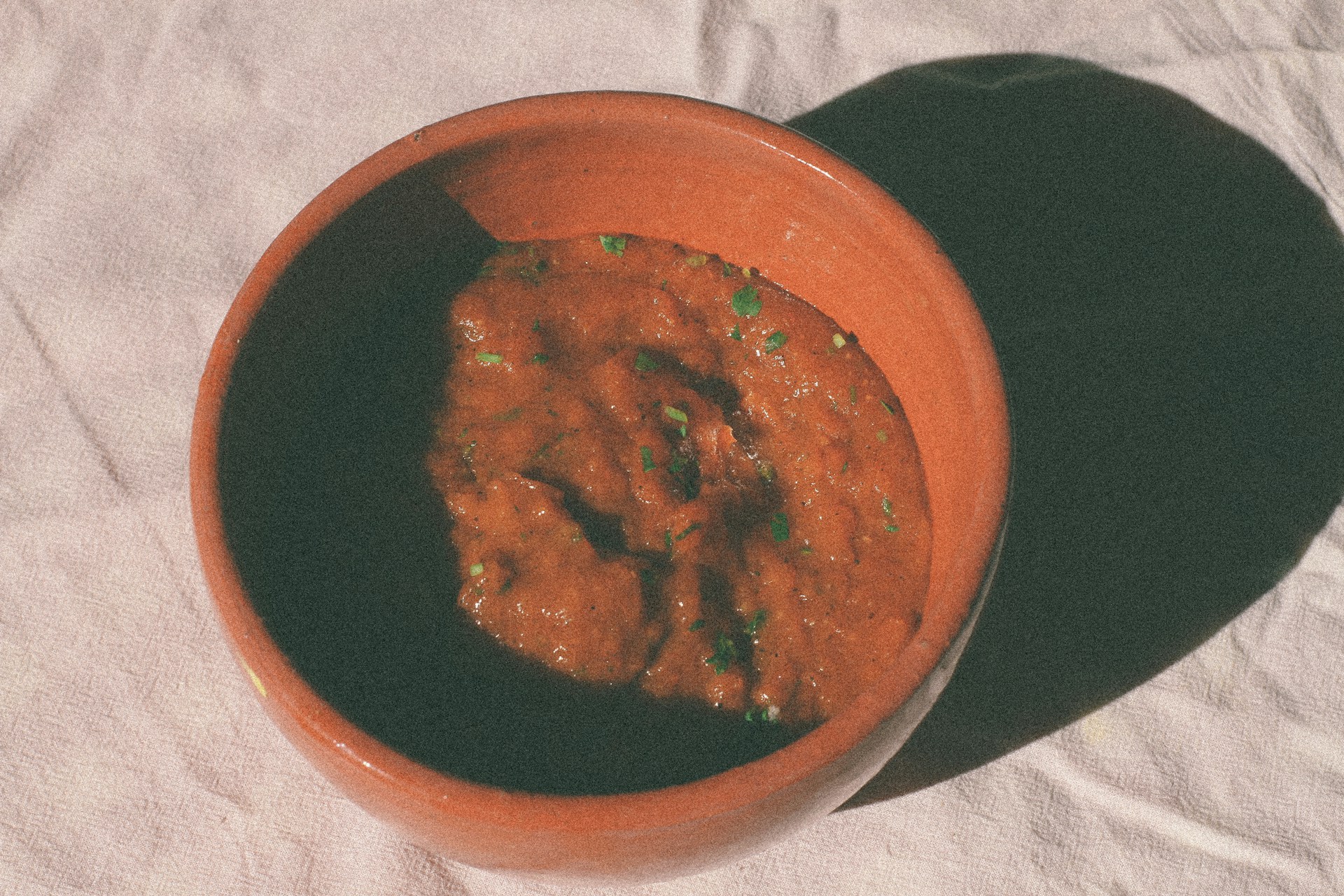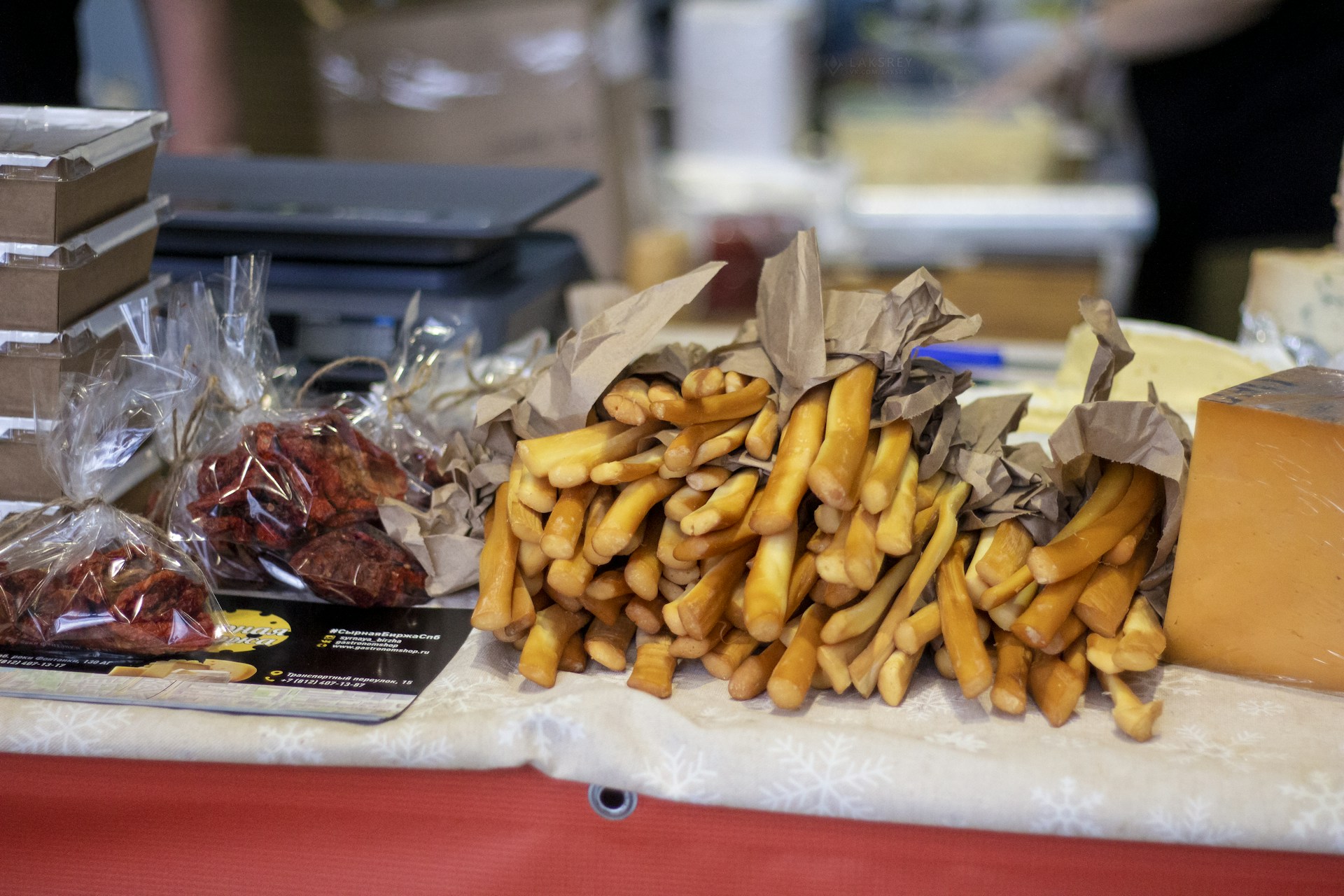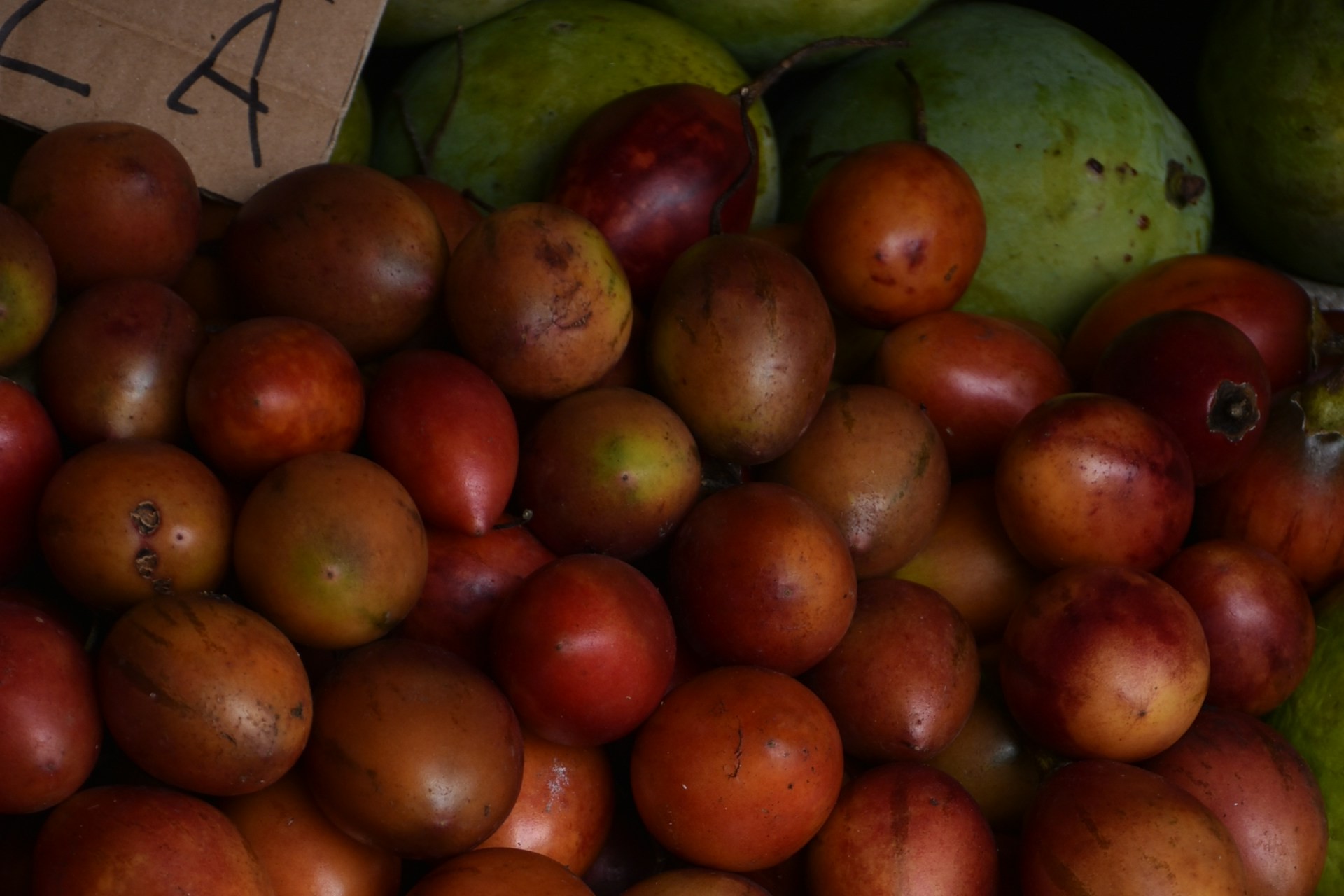The Social Dimensions of Daughter-In-Law and Mother-In-Law Relationships In Breastfeeding Substitution In Rural Nias Islands, North Sumatra, Indonesia
Background: Formula milk is often blamed as the primary cause of exclusive breastfeeding substitution. However, breastfeeding substitution occurs within the broader context of social systems with various dimensions. These variations are complex, and each social system has its unique construction, necessitating a qualitative approach.
Objective: This study aims to uncover the social dimensions underlying breastfeeding substitution in the rural areas of the Nias Islands.
Methods: The study used in-depth interviews and Focus Group Discussions (FGDs). Informants included mothers with children under two years of age, mothers-in-law, midwives, and community leaders. The analysis was conducted thematically.
Results: The study revealed that the pressure to work and contribute to the family economy is a gateway to breastfeeding substitution. However, the primary driver is the prevailing norms in the local community. The societal expectation that women must work hard and be responsible for the family's needs leaves no choice for mothers but to leave their children. Mothers-in-law play a significant role in this social system.
Conclusion: This study highlights that women choose to conform to the ideal image of a praiseworthy daughter-in-law devoted to the family, thereby neglecting the need to breastfeed their children exclusively. Localized intervention designs must consider such social situations.
Rollins N, Piwoz E, Baker P, Kingston G, Mabaso KM, McCoy D, et al. Marketing of commercial milk formula: a system to capture parents, communities, science, and policy. The Lancet. 2023 Feb;401(10375):486–502.
The Lancet. Unveiling the predatory tactics of the formula milk industry. The Lancet. 2023 Feb;401(10375):409.
WHO. Scope and Impact of Digital Marketing Strategies for Promoting Breastmilk Substitutes. 2022.
WHO. Social determinants of health [Internet]. 2021 [cited 2021 Feb 25]. Available from: https://www.who.int/health-topics/social-determinants-of-health#tab=tab_1
Rollins NC, Bhandari N, Hajeebhoy N, Horton S, Lutter CK, Martines JC, et al. Why invest, and what it will take to improve breastfeeding practices? The Lancet. 2016 Jan;387(10017):491–504.
Baker P, Smith J, Salmon L, Friel S, Kent G, Iellamo A, et al. Global trends and patterns of commercial milk-based formula sales: is an unprecedented infant and young child feeding transition underway? Public Health Nutr. 2016 Oct 23;19(14):2540–50.
Ministry of Health. Survei Status Gizi Indonesia (Indonesia Nutrition Status Survey) 2022. Jakarta; 2023.
Statistics Indonesia, National Population and Family Planning Board, Ministry of Health, ICF International. Survei Demografi dan Kesehatan Indonesia 2012. Jakarta: BPS; 2012.
Ebert L, Bellchambers H, Ferguson A, Browne J. Socially disadvantaged women’s views of barriers to feeling safe to engage in decision-making in maternity care. Women and Birth [Internet]. 2014;27(2):132–7. Available from: http://dx.doi.org/10.1016/j.wombi.2013.11.003
Martin PY. Gender as social institution. Social Forces. 2004;82(4):1249–73.
Laugen CM, Islam N, Janssen PA. Social Support and Exclusive Breast feeding among Canadian Women. Paediatr Perinat Epidemiol. 2016;30(5):430–8.
Barona-Vilar C, Escribá-Agüir V, Ferrero-Gandía R. A qualitative approach to social support and breast-feeding decisions. Midwifery. 2009;25(2):187–94.
Heise L, Greene ME, Opper N, Stavropoulou M, Harper C, Nascimento M, et al. Gender inequality and restrictive gender norms: framing the challenges to health. The Lancet. 2019;393(10189):2440–54.
Wood FE, Gage AJ, Bidashimwa D. Insights on exclusive breastfeeding norms in Kinshasa: Findings from a qualitative study. BMC Pregnancy Childbirth. 2020 Oct 6;20(1).
Gewa CA, Chepkemboi J. Maternal knowledge, outcome expectancies and normative beliefs as determinants of cessation of exclusive breastfeeding: a cross-sectional study in rural Kenya. BMC Public Health [Internet]. 2016;16(1):243. Available from: http://www.biomedcentral.com/1471-2458/16/243
Zaluchu F. Gender Inequality, Behind Maternal Mortality in Nias Island, North Sumatra, Indonesia. [Amsterdam]: University of Amsterdam; 2018.
Wieringa SE, Bhaiya A, Katjasungkana N. Heteronormativity, Passionate Aesthetics, and Symbolic Subversion in Asia. Eastbourne, Chicago and Ontario: Sussex Academic Press; 2015.
Mottier V. Masculine Domination: Gender and Power in Bourdieu’s Writings. Feminist Theory. 2002;3(3):345.
Krais B. Gender, Sociological Theory and Bourdieu’s Sociology of Practise. Theory Cult Soc. 2006;23(6):119–34.
Bourdieu P. Masculine Domination. Polity Press; 2001.
Gangoli G, Rew M. Mothers-in-law against daughters-in-law: Domestic violence and legal discourses around mother-in-law violence against daughters-in-law in India. Womens Stud Int Forum [Internet]. 2011;34(5):420–9. Available from: http://dx.doi.org/10.1016/j.wsif.2011.06.006
Allendorf K. Like Her Own: Ideals and Experiences of the Mother-In-Law/Daughter-In-Law Relationship. J Fam Issues [Internet]. 2015;1–26. Available from: http://jfi.sagepub.com/cgi/doi/10.1177/0192513X15590685
Kumar A, Bordone V, Muttarak R. Like Mother(-in-Law) Like Daughter? Influence of the Older Generation’s Fertility Behaviours on Women’s Desired Family Size in Bihar, India. European Journal of Population. 2016;32(5):629–60.
Luthuli S, Haskins L, Mapumulo S, Rollins N, Horwood C. ‘I decided to go back to work so I can afford to buy her formula’: a longitudinal mixed-methods study to explore how women in informal work balance the competing demands of infant feeding and working to provide for their family. BMC Public Health. 2020 Dec 2;20(1):1847.
Ministry of Health. Pedoman Umum Pengelolaan Posyandu. Jakarta: Kementrian Kesehatan RI; 2006.
Ministry of Health. Pedoman Pemantauan Wilayah Setempat Kesehatan Ibu dan Anak (PWS-KIA). Kementrian Kesehatan RI, Direktorat Jendral Bina Kesehatan Masyarakat, Direktorat Bina Kesehatan Ibu. Jakarta; 2010. 1 of 76.
Agunbiade OM, Ogunleye O V. Constraints to exclusive breastfeeding practice among breastfeeding mothers in Southwest Nigeria: implications for scaling up. Int Breastfeed J. 2012 Apr 23;7(1):5.
Negin J, Coffman J, Vizintin P, Raynes-Greenow C. The influence of grandmothers on breastfeeding rates: a systematic review. BMC Pregnancy Childbirth. 2016 Dec 27;16(1):91.
Naved RT, Azim S, Bhuiya A, Persson LÅ. Physical violence by husbands: Magnitude, disclosure and help-seeking behavior of women in Bangladesh. Soc Sci Med. 2006;62(12):2917–29.
Ghuman SJ, Lee HJ, Smith HL. Measurement of women’s autonomy according to women and their husbands: Results from five Asian countries. Soc Sci Res. 2006;35(1):1–28.
Mohamed MJ, Ochola S, Owino VO. A Qualitative Exploration of the Determinants of Exclusive Breastfeeding (EBF) Practices in Wajir County, Kenya. Int Breastfeed J. 2020 Dec 18;15(1):44.
Copyright (c) 2025 Amerta Nutrition

This work is licensed under a Creative Commons Attribution-ShareAlike 4.0 International License.
AMERTA NUTR by Unair is licensed under a Creative Commons Attribution-ShareAlike 4.0 International License.
1. The journal allows the author to hold the copyright of the article without restrictions.
2. The journal allows the author(s) to retain publishing rights without restrictions
3. The legal formal aspect of journal publication accessibility refers to Creative Commons Attribution Share-Alike (CC BY-SA).
4. The Creative Commons Attribution Share-Alike (CC BY-SA) license allows re-distribution and re-use of a licensed work on the conditions that the creator is appropriately credited and that any derivative work is made available under "the same, similar or a compatible license”. Other than the conditions mentioned above, the editorial board is not responsible for copyright violation.








































